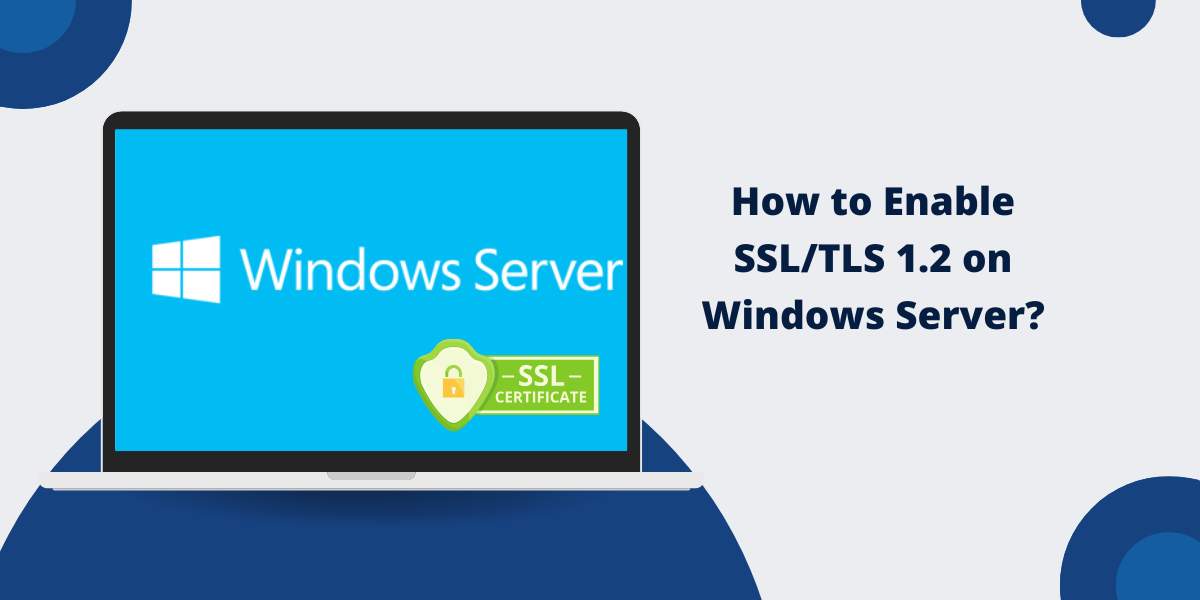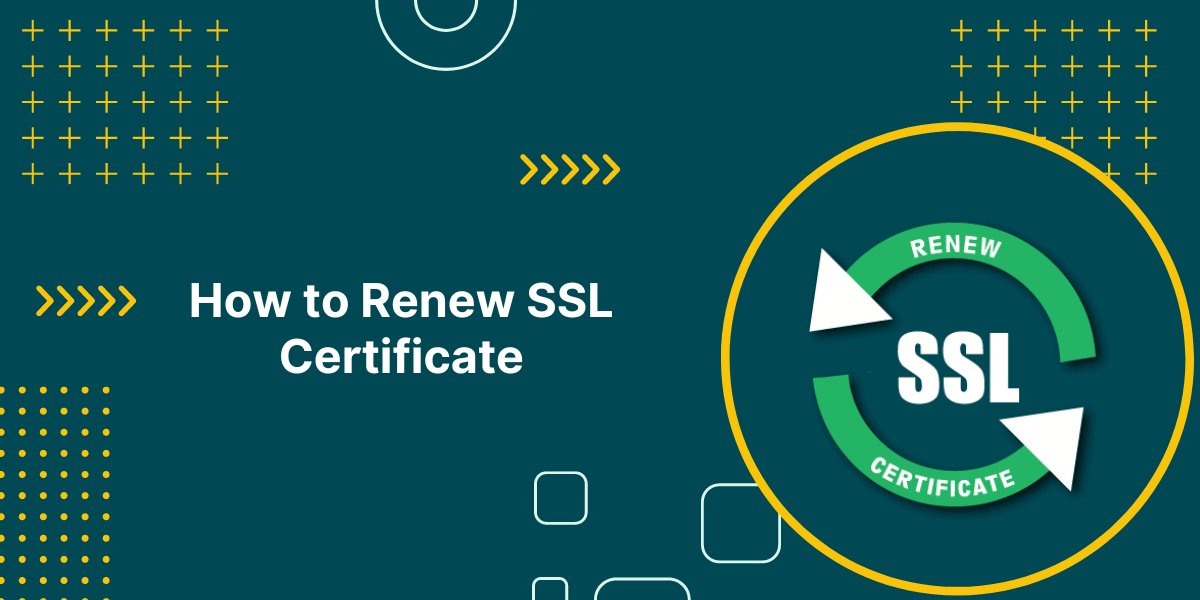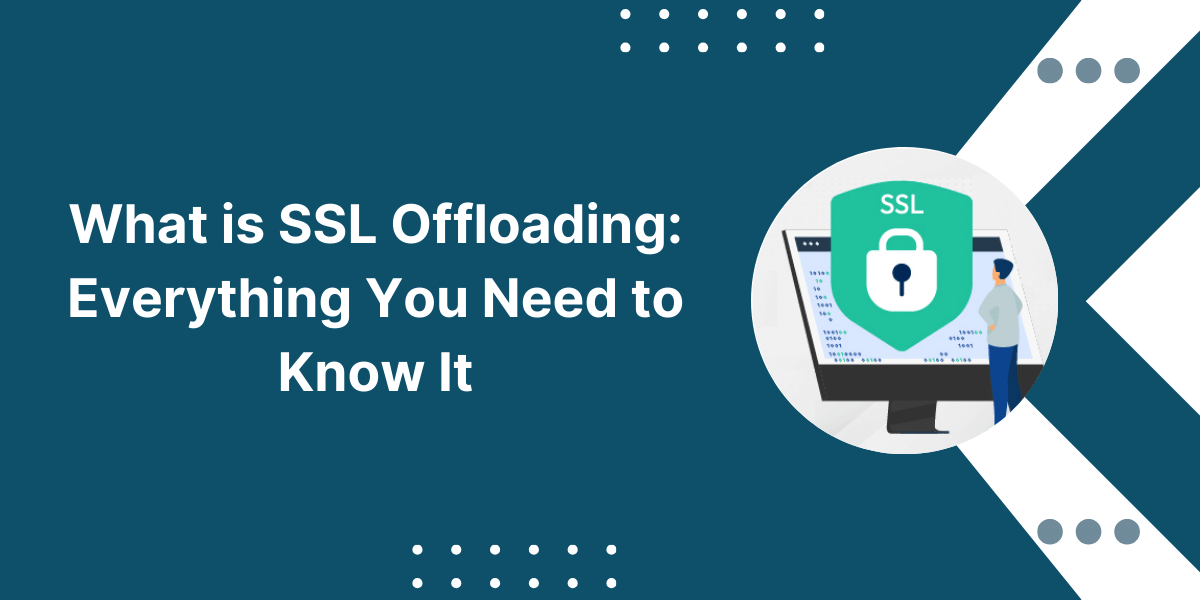Step-by-step guide to enable SSL/TLS 1.2 on Windows Server
SSL/TLS 1.2 setup on Windows Server requires specific steps to ensure secure communication. You can enable TLS 1.2 through the Registry Editor or Group Policy settings. The process starts by opening Registry Editor and navigating to the necessary key locations. You need to modify or create registry keys under the Windows Protocols section.
These changes affect both client and server components. The main settings involve SCHANNEL parameters and security protocol configurations. After making these changes, a system restart is needed for the settings to take effect. This security update helps protect data transfers and meets current compliance standards.
Why SSL/TLS 1.2 Matters for Your Windows Server
SSL/TLS 1.2 provides essential security features for Windows Server environments. This protocol version offers stronger encryption and better protection against cyber attacks compared to older versions. It uses advanced security methods to keep data safe during transmission between servers and clients.
Many payment systems and business applications now require TLS 1.2 as a minimum security standard. Organizations need this protocol to maintain compliance with security regulations. Using TLS 1.2 helps prevent data breaches and unauthorized access to sensitive information. This update is critical for businesses that handle customer data or process online transactions.
This guide will break it down step by step so you can enable SSL/TLS 1.2 on your Windows Server without breaking a sweat.
Prerequisites for Enabling SSL/TLS 1.2
Before diving into the configuration, let’s set the stage.
Here’s what you’ll need to get started:
- Windows Server Edition: Ensure you’re running Windows Server 2008 R2 or later. Older versions may not support TLS 1.2.
- Administrative Privileges: You’ll need admin-level access to make these changes.
- Registry Editor Knowledge: The process involves modifying the Windows Registry, so proceed with caution.
- Backup Plan: Always back up your system or registry before making changes. Better safe than sorry!
5 Easy Steps to Enable SSL/TLS 1.2 on Windows Server
Let’s roll up our sleeves and get started.
Below is a comprehensive guide tailored for IT professionals and tech-savvy users alike.
- Check Your Current TLS Configuration
- Update Windows Server to the Latest Patch
- Modify the Windows Registry
- Enable FIPS Compliance (Optional)
- Test Your Configuration
1. Check Your Current TLS Configuration
Before enabling TLS 1.2, it’s crucial to know what’s currently enabled on your system.
Here’s how you can check:
- Open PowerShell with administrator privileges.
- Run the following command:
Get-ChildItem -Path HKLM:\SYSTEM\CurrentControlSet\Control\SecurityProviders\SCHANNEL\Protocols"
- Review the output to identify which protocols are enabled.
This gives you a snapshot of your server’s current configuration so you can proceed accordingly.
2. Update Windows Server to the Latest Patch
TLS 1.2 support is included in Windows Server 2008 R2 and later versions, but it may require updates. Use the following steps to ensure your system is up to date:
- Go to the Start menu and open “Windows Update.”
- Click on “Check for Updates.”
- Install all pending updates and restart your server.
Keeping your server updated not only ensures TLS 1.2 compatibility but also protects against potential vulnerabilities.
3. Modify the Windows Registry
This is where the magic happens. To enable TLS 1.2, you’ll need to tweak the registry settings.
Follow these steps carefully:
A. Open Registry Editor
- Press Win + R to open the Run dialog box.
- Type regedit and hit Enter.
- Navigate to the following path:
HKEY_LOCAL_MACHINE\SYSTEM\CurrentControlSet\Control\SecurityProviders\SCHANNEL\Protocols
B. Create TLS 1.2, Registry Keys
- Under the Protocols folder, create a new key named TLS 1.2.
- Inside the TLS 1.2 key, create two subkeys: Client and Server.
C. Configure Values for Client and Server
- Select the Client key.
- Right-click in the right pane and choose New > DWORD (32-bit) Value.
- Name the new Value DisabledByDefault and set its Value to 0.
- Create another DWORD value named Enabled and set it to 1.
- Repeat these steps for the Server key.
4. Enable FIPS Compliance (Optional)
If your organization requires FIPS compliance, you’ll need to enable it:
- Navigate to the following registry path:
HKEY_LOCAL_MACHINE\SYSTEM\CurrentControlSet\Control\Lsa
- Create a new DWORD value named FipsAlgorithmPolicy and set it to 1.
5. Test Your Configuration
Once you’ve made the changes, it’s time to test your setup:
- Reboot your server to apply the changes.
- Use online tools like SSL Checker Tool to verify that TLS 1.2 is enabled.
Final Thoughts
Enabling SSL/TLS 1.2 on your Windows Server isn’t just about ticking a checkbox—it’s about future-proofing your system and safeguarding your data. Whether you’re managing a high-traffic eCommerce site or a simple internal database, this protocol is your first line of defense against cyber threats.
By following this step-by-step guide, you’ll meet compliance requirements and ensure that your server is equipped to handle modern security challenges. So, take the plunge and make your server as secure as Fort Knox. After all, in the digital age, security is non-negotiable.
FAQs About Enabling SSL/TLS 1.2 on Windows Server
Why is TLS 1.2 Preferred Over TLS 1.0 and 1.1?
TLS 1.2 offers stronger encryption algorithms, improved performance, and compatibility with modern browsers and applications. Older protocols are deprecated due to known vulnerabilities.
Can I Enable TLS 1.2 Without Modifying the Registry?
Yes, in some cases, TLS 1.2 can be enabled via Group Policy or PowerShell, but registry modification is the most direct method.
What Happens If I Don’t Enable TLS 1.2?
Your server may fail to meet compliance standards and could be vulnerable to attacks. Additionally, many modern applications and browsers require TLS 1.2 or higher.
Is It Safe to Modify the Windows Registry?
Yes, but only if you proceed carefully. Always back up the registry before making changes to avoid accidental issues.
How Can I Check if My Server Supports TLS 1.2?
You can use PowerShell commands or online testing tools like free SSL checker to verify your server’s TLS configuration.
Do I Need to Disable Older Protocols After Enabling TLS 1.2?
Disabling SSL 3.0, TLS 1.0, and TLS 1.1 is highly recommended to prevent fallback attacks and ensure maximum security.

Priya Mervana
 Verified Web Security Experts
Verified Web Security Experts
Priya Mervana is working at SSLInsights.com as a web security expert with over 10 years of experience writing about encryption, SSL certificates, and online privacy. She aims to make complex security topics easily understandable for everyday internet users.



